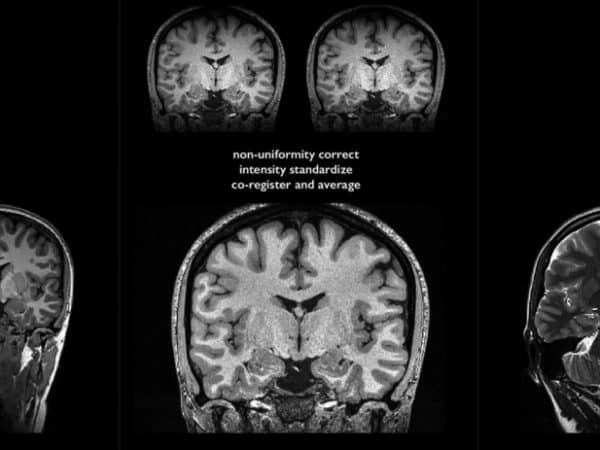Canadian researchers compile brain map that could improve epilepsy treatment


Will a better brain map be the key to future epilepsy treatments?
New research from the Montreal Neurological Institute at McGill University may soon help scientists develop better treatments for epilepsy and other psychological disorders.
A study published recently in the journal Scientific Data, called “Multi-contrast submillimetric 3 Tesla hippocampal subfield segmentation protocol and dataset” used high-field high-field Magnetic Resonance Imaging to non-invasively identify the substructure of the hippocampus. The study involved 25 healthy individuals, 12 male and 13 female, with a median age of 31. None of the subjects suffered from neurological, psychiatric, or somatic diseases.
The hippocampus, located in the medial temporal lobe of the brain, plays a major role in plays important roles in memory and spatial navigation. It is one of the first regions of the brain to be damaged by Alzheimers disease, and is known to shrink from the effects of post-traumatic stress disorder. But the McGill study’s lead researcher, Dr. Neda Bernasconi, says they had a particular focus in this study.
“Our primary purpose was epilepsy. We wanted to be able to detect and identify different substructures in the hippocampus to enable us to be a lot more precise in our diagnosis and to pinpoint the affected region to better target treatments,” said Dr. Bernasconi. “With this new submillimetric dataset, made available through open science, we are not just sharing MRI images, we are also transferring anatomical knowledge and providing a statistical map that can be used by researchers and clinicians of different levels of expertise anywhere in the world.”
The McGill researchers say they chose to focus on the hippocampus because it has been a major focus of neuroscience research for decades and because its structural compromise is a “hallmark” of many neurological and psychiatric disorders, including depression and schizophrenia.
Epilepsy, which is characterized by unpredictable seizures, is the fourth common neurological disorder after migraine, stroke, and Alzheimer’s disease. Approximately one per cent of the general population suffers from the disease.
A recent study from Australia suggests that epilepsy is powerful enough to alter a sufferer’s self-identity and “autobiographical” memory. The study examined neural networks that support autobiographical memory retrieval in the MT lobe, which scientists think are fundamental to self-identity.
“Self-identity in epilepsy may be modulated by the extent to which seizure foci impinge on the autobiographical memory network and the timing of seizure onset,” said the University of Melbourne study. “Early disruption to mesial temporal regions of the autobiographical memory network may constitute a neurocognitive mechanism by which self-identity is altered in chronic focal epilepsy.”
Another recent paper published in the journal PLOS One by researchers from the Polish Academy of Sciences, found that the hippocampus is particularly susceptible to stress and that psychogenic stress actually contributes to the formation of overall brain pathology. But the brain, reports PLoS One’s Giuseppe Gangarossa, is a resilient marvel, most often returning to basal levels after just five days of rest.
Nick Waddell
Founder of Cantech Letter
Cantech Letter founder and editor Nick Waddell has lived in five Canadian provinces and is proud of his country's often overlooked contributions to the world of science and technology. Waddell takes a regular shift on the Canadian media circuit, making appearances on CTV, CBC and BNN, and contributing to publications such as Canadian Business and Business Insider.
